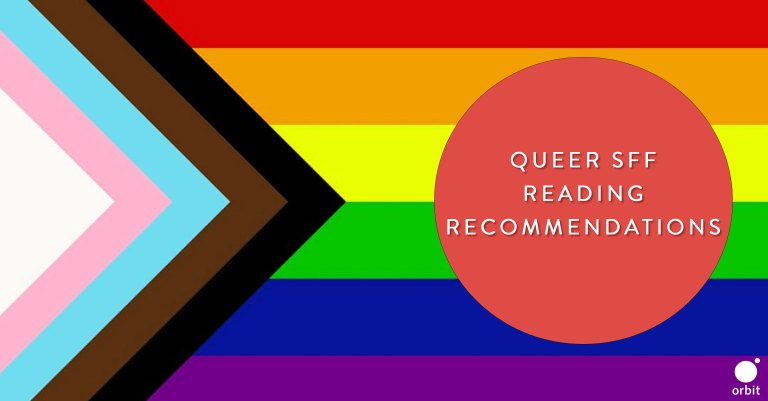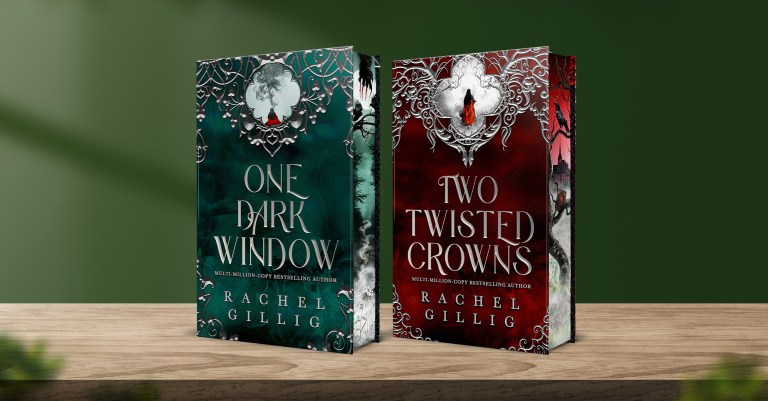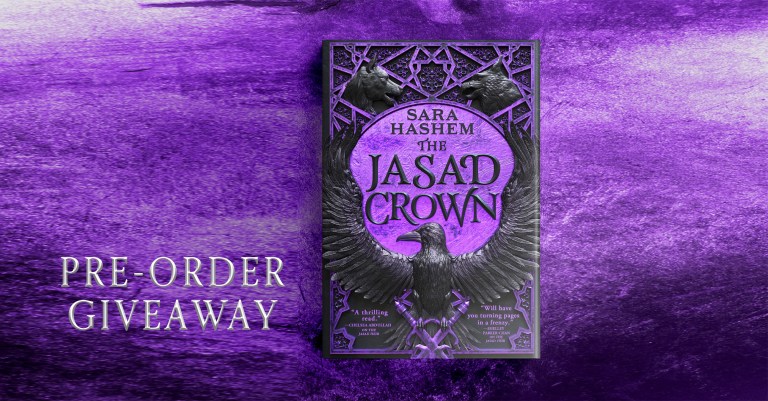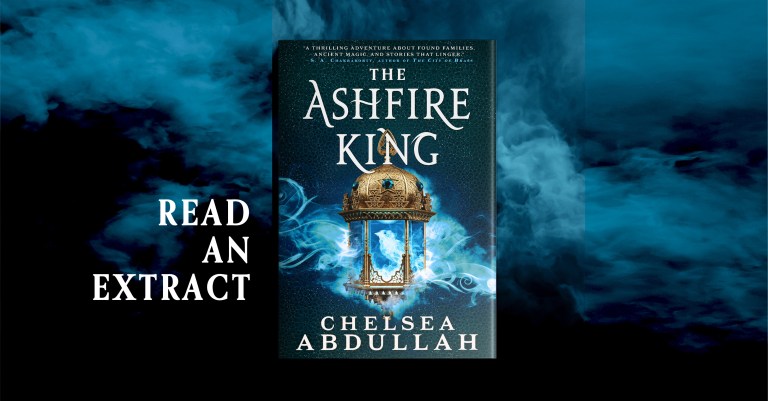Queer facts about the Regency you didn’t know you wanted to know
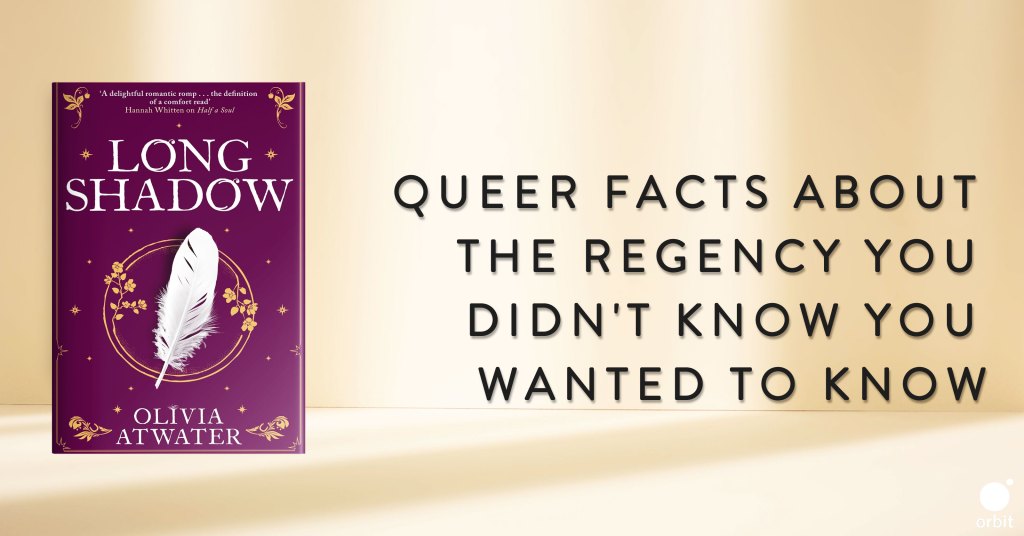
To celebrate the publication of Longshadow, author Olivia Atwater has shared with us their favourite queer facts from the Regency that you didn’t know you wanted to know!
History has always been queer but while it hasn’t always been written by straight historians, it has certainly been curated by them! As such, I had to dig into some special resources in order to write my queer Regency fantasy, Longshadow. Like every good author, I am now extra-fun at parties as I delve into unprompted lectures about historical transgender marriages and traditional lesbian flirtation techniques!
There were probably several lesbian households in the town of Bath.
Single women sometimes pooled their resources to form a household together, and Bath was the most popular option. We may not know for certain that there were lesbians in some of these households, but… on the other hand, yes, we’re pretty certain.
Women in the Regency were physically affectionate in their friendships, which made lesbian flirtation strangely difficult.
Close female friends in the Regency regularly embraced, kissed each other on the lips, slept in the same bed, made exaggerated declarations of love to one another, and even expressed jealousy of each other’s husbands. Imagine how difficult it was to convince your friend that you were really, no ACTUALLY in love with her!
Regency lesbians implied their sexuality by talking loudly about Sappho.
This is one of my favourite facts. Because it was so difficult to imply an openness to lesbian relationships, lesbians would often start up loud discussions about which historical figures they thought were attracted to women. Sappho was the number one favourite.
“Female husbands” were not uncommon.
We have several accounts of women dressing as men in order to marry other women during the 1700’s, though there are still examples of the practice in the Regency era.
Our best firsthand account of lesbianism in the Regency period comes from Anne Lister’s diaries.
Anne Lister, a wealthy Regency lesbian, kept detailed diaries which mention her various romantic conquests. A lot of what we know about lesbianism during the period comes from these diaries, which are at times very explicit.
The “Ladies of Llangollen”, publicly considered the model of pure feminine friendship, were likely lesbians.
Eleanor Butler and Sarah Ponsonby ran away to Wales together, and became famous for their “romantic friendship”, which was considered an admirable model of female companionship. They were certainly in a romantic relationship, though said relationship might have been asexual. At least one associate referred to them in private as “sapphists”.
“George Sandism” was a slang term for transgenderism.
The Regency understanding of gender was different from ours in many subtle ways, but the French novelist George Sand is considered to be a transgender figure from the Regency period. “George Sandism”—the idea of women dressing and acting as men—was talked about with such regularity and derision that we know it happened plenty!
History has always had queer figures, and society’s ongoing relationship with gender, sexuality, and relationships is really fascinating. For readers who want to read more about these topics, I highly recommend the blog and podcast of Dr Heather Rose Jones, who consulted on Longshadow. You can find both of these resources on her website at alpennia.com.

